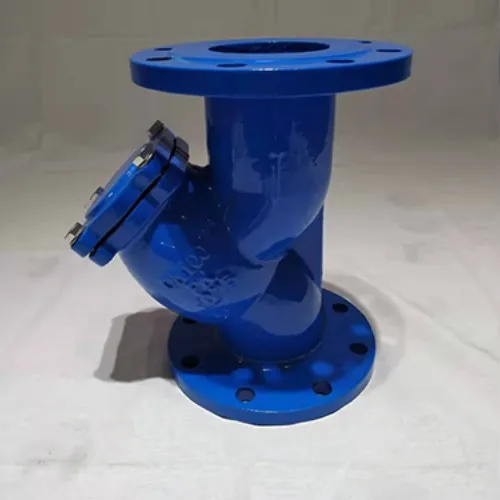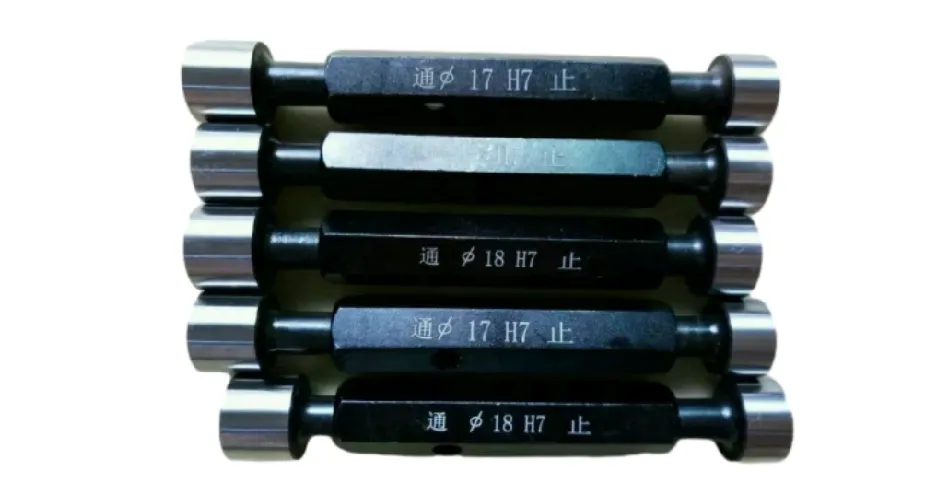2 月 . 13, 2025 08:17 Back to list
Control Valve
In the nuanced world of industrial automation, control valves play a crucial role in regulating fluid flow and ensuring efficient system performance. As a vital component in a multitude of applications, understanding the types and applications of control valves is indispensable for professionals seeking to optimize operational outcomes and maintain system integrity.
Diaphragm valves, characterized by a flexible diaphragm that regulates flow, are prized for their ability to isolate the actuating mechanism from the process media. This distinctive feature renders them highly effective in processes requiring sterility or handling corrosive substances, such as in pharmaceutical manufacturing or food processing equipment. Their contaminant-free operation and maintenance ease make them integral to industries where product purity is non-negotiable. Delving into specialized applications, control valves such as pinch valves, which employ a pinching effect to control fluid flow, are utilized for handling slurries or media containing suspended solids. Their simplistic design, devoid of internal obstructions, prevents clogging, thereby ensuring consistent performance in mining operations and waste treatment facilities. In aerospace and marine applications, control valves must endure extreme conditions. Solenoid valves, with their electromechanically-operated design, offer rapid responsiveness and compatibility with electronic control systems. These valves excel in precision tasks, such as controlling fuel injection systems or managing hydraulic circuits in aircraft and maritime settings, where weight and response time are critical considerations. To ensure operational efficacy and system longevity, selecting the correct control valve is more than a mere choice—it is a reflection of understanding the specific demands of each application. Professionals must consider factors such as the nature of the fluid, flow requirements, pressure conditions, and environmental constraints when making their decision. By leveraging their expertise and staying attuned to industry advancements, operators can optimize system performance and achieve sustainable, reliable results. Control valves, with their diverse range of types and applications, hold the key to mastering fluid dynamics in industrial systems. The judicious selection and application of the appropriate valve not only enhance operational performance but also underscore a commitment to maintaining efficient and trustworthy systems. As industries continue to evolve, the significance of expertly applied control valve solutions remains steadfast in driving innovation and ensuring operational excellence.


Diaphragm valves, characterized by a flexible diaphragm that regulates flow, are prized for their ability to isolate the actuating mechanism from the process media. This distinctive feature renders them highly effective in processes requiring sterility or handling corrosive substances, such as in pharmaceutical manufacturing or food processing equipment. Their contaminant-free operation and maintenance ease make them integral to industries where product purity is non-negotiable. Delving into specialized applications, control valves such as pinch valves, which employ a pinching effect to control fluid flow, are utilized for handling slurries or media containing suspended solids. Their simplistic design, devoid of internal obstructions, prevents clogging, thereby ensuring consistent performance in mining operations and waste treatment facilities. In aerospace and marine applications, control valves must endure extreme conditions. Solenoid valves, with their electromechanically-operated design, offer rapid responsiveness and compatibility with electronic control systems. These valves excel in precision tasks, such as controlling fuel injection systems or managing hydraulic circuits in aircraft and maritime settings, where weight and response time are critical considerations. To ensure operational efficacy and system longevity, selecting the correct control valve is more than a mere choice—it is a reflection of understanding the specific demands of each application. Professionals must consider factors such as the nature of the fluid, flow requirements, pressure conditions, and environmental constraints when making their decision. By leveraging their expertise and staying attuned to industry advancements, operators can optimize system performance and achieve sustainable, reliable results. Control valves, with their diverse range of types and applications, hold the key to mastering fluid dynamics in industrial systems. The judicious selection and application of the appropriate valve not only enhance operational performance but also underscore a commitment to maintaining efficient and trustworthy systems. As industries continue to evolve, the significance of expertly applied control valve solutions remains steadfast in driving innovation and ensuring operational excellence.
Next:
Latest news
-
Y Type Strainers: A Comprehensive GuideNewsOct.18,2024
-
Understanding Water Valve Options for Your NeedsNewsOct.18,2024
-
Functions and TypesNewsOct.18,2024
-
An Essential Component for Fluid SystemsNewsOct.18,2024
-
Adjustment and ReplacementNewsOct.18,2024
-
Slow Closing Check Valves: A Key Component in Fluid SystemsNewsOct.08,2024
Related PRODUCTS









